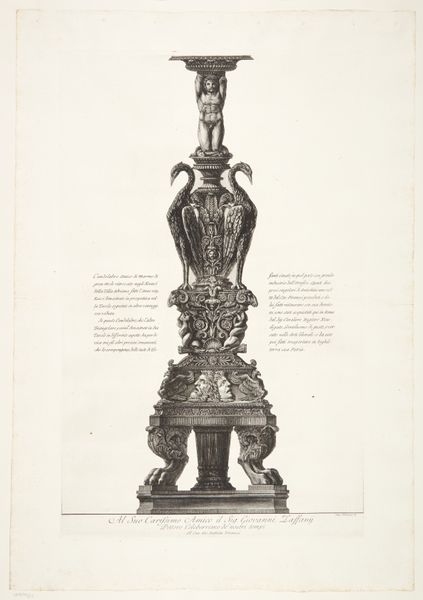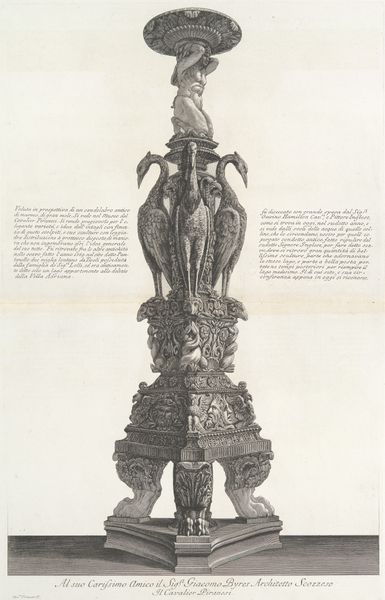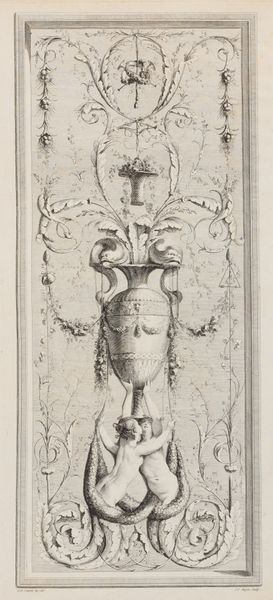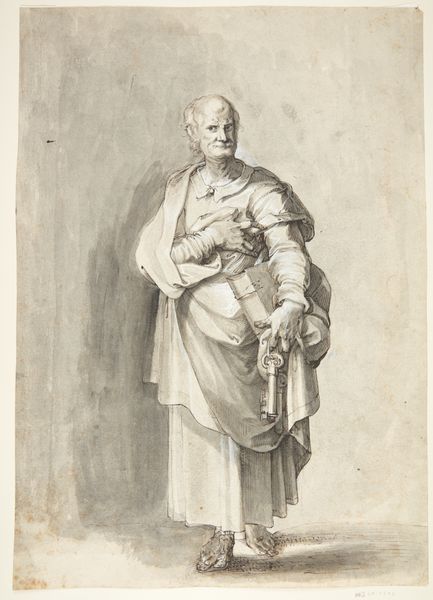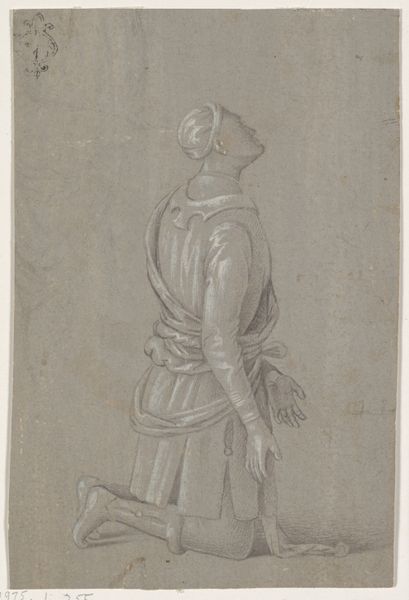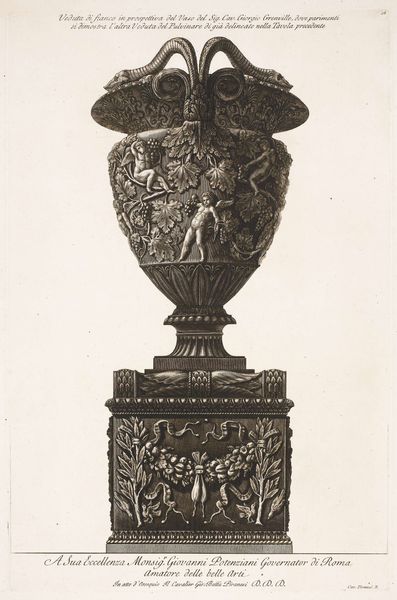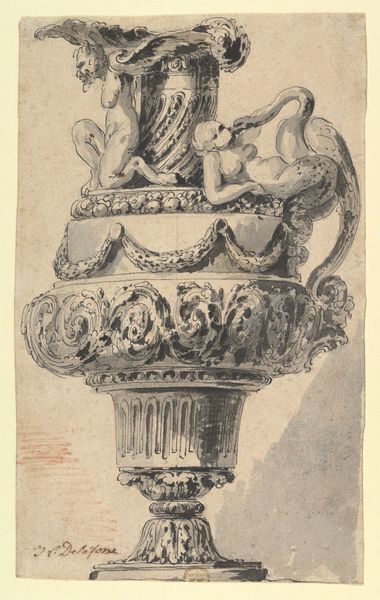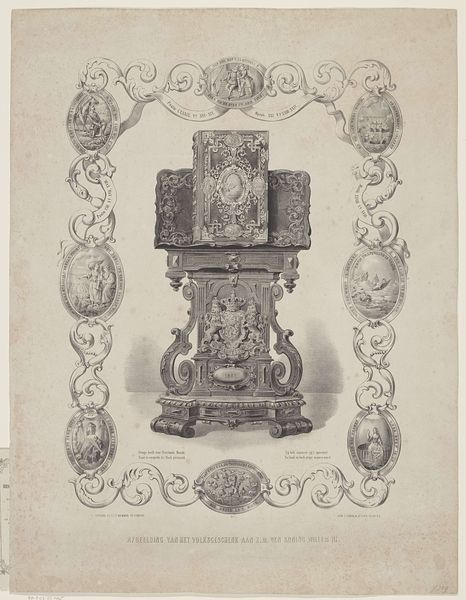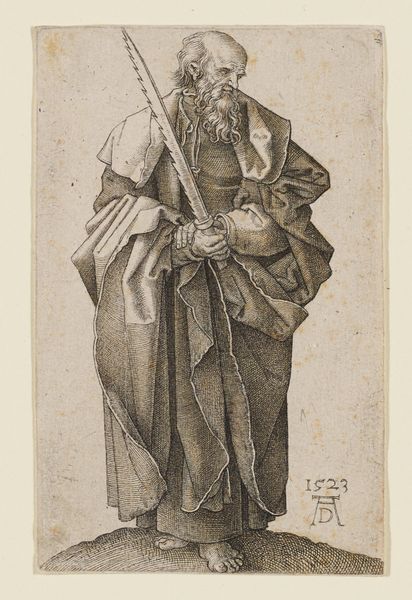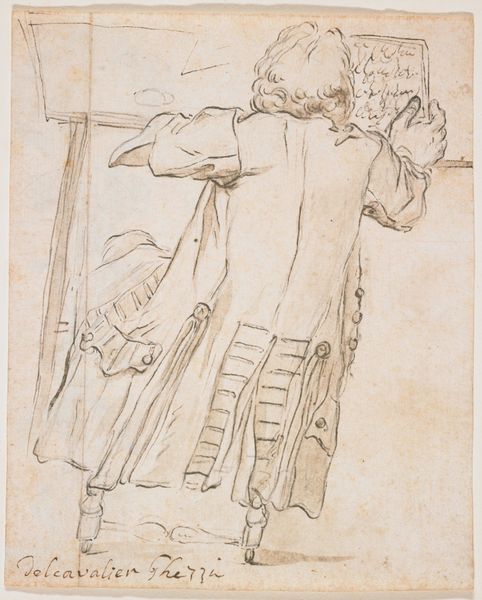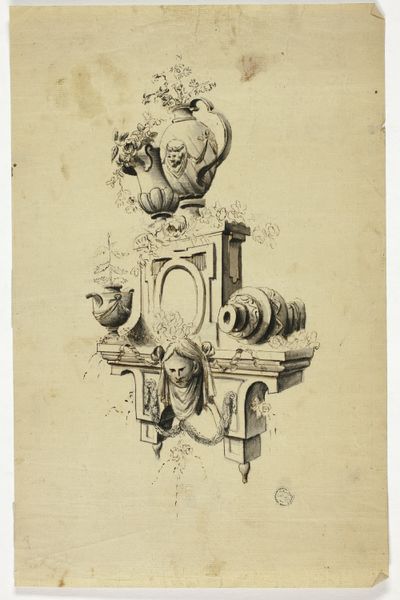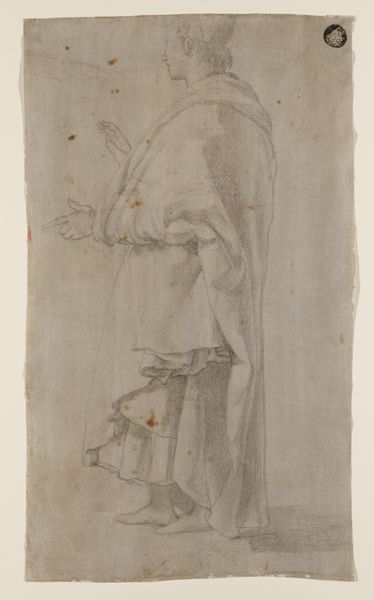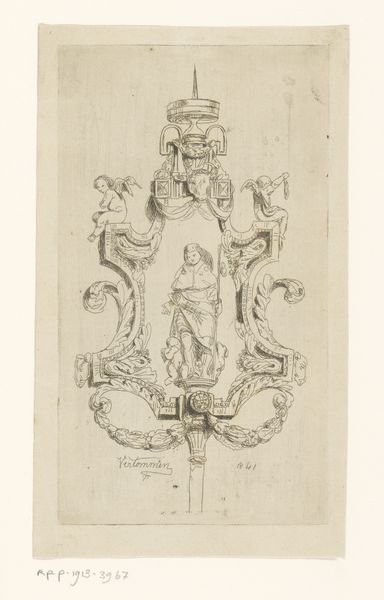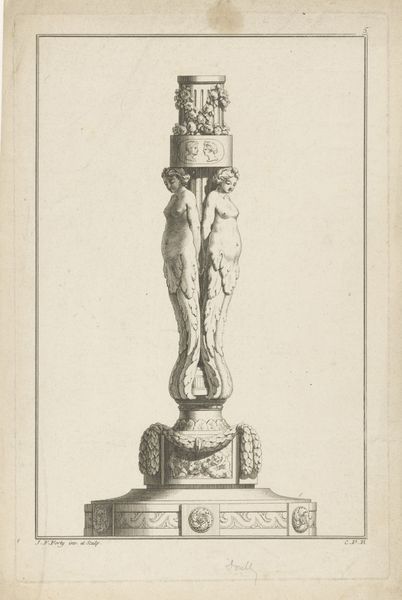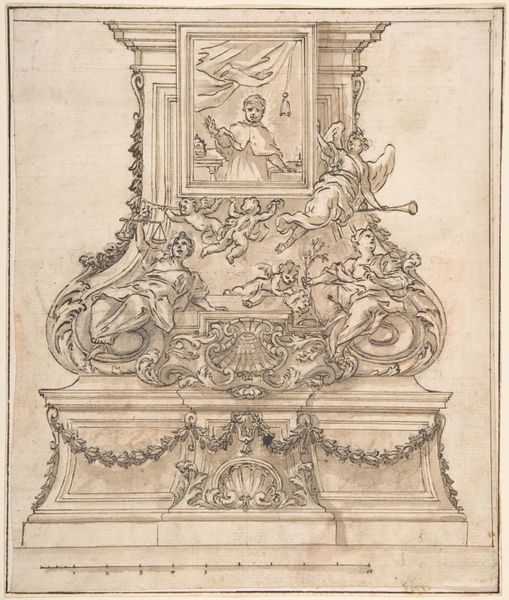
metal, bronze, sculpture
#
portrait
#
baroque
#
dutch-golden-age
#
metal
#
stone
#
sculpture
#
bronze
#
figuration
#
sculpture
Dimensions: height 72.5 cm, height 38.5 cm
Copyright: Rijks Museum: Open Domain
This is a terracotta bust of a man, made by Hendrick de Keyser in the Netherlands at the beginning of the 17th century. The man is portrayed in formal attire, with close attention paid to his garments and facial features. Hendrick de Keyser was a leading sculptor and architect in Amsterdam, and this bust reflects the growing importance of individual portraiture in Dutch society at the time. The Dutch Republic was emerging as a major economic and cultural power, and this new sense of national identity was expressed through art. Busts like this were commissioned by wealthy merchants and members of the ruling class. The elaborate carving of the base, complete with heraldic shield, also speaks to the sitter's high social status. As art historians, we look at archival records and other historical sources to better understand the relationship between art, patronage, and social identity in the Dutch Golden Age.
Comments
rijksmuseum about 2 years ago
⋮
Hendrik de Keyser made portrait busts in terracotta (fired clay), which he then painted in natural colours. Such portraits were considerably less expensive than sculptures carved in marble. This one still has its original oak pedestal. The doubly talented De Keyser was both a sculptor and a prominent architect.
Join the conversation
Join millions of artists and users on Artera today and experience the ultimate creative platform.
